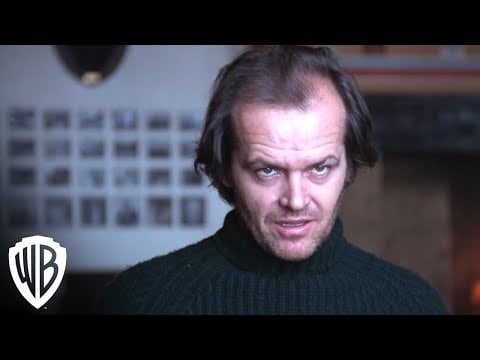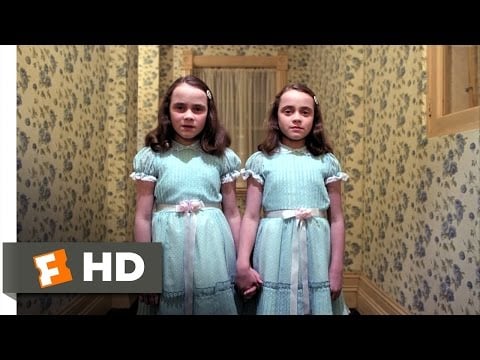The horror of a broken mind is the central concept of Stanley Kubrick’s “The Shining,” his 1980 horror masterpiece adapted from Stephen King’s novel.
Jack Nicholson stars as Jack Torrance, a recovering alcoholic and struggling writer who is hired to be the caretaker of Colorado’s Overlook Hotel. Accompanied by his wife, Wendy (Shelly Duvall) and son, Danny (Danny Lloyd), Jack immediately appears to be under a spell.
Danny’s only friend, a cook named Halloran (Scatman Crothers), shares Danny’s gift of telepathy, an ability to “shine.” Halloran senses immediately that something about Jack is off.

The setting offers an otherworldly beauty, as the art direction and cinematography are so masterful, The Overlook has an attractive sheen but also the feel of an empty prison. Kubrick’s film never explicitly tells us if the events we’re witnessing are supernatural occurrences or psychological hallucinations.
Having seen the film multiple times, I’m still not sure.
There is a great deal of mystery to many scenes, but the film offers riches of subtext and interpretations to ponder. More importantly, it’s hugely entertaining, hypnotic and an intensely terrifying work of art. Kubrick’s film holds its secrets close to the vest, but few films this influential are still so potent.
There’s a noteworthy sequence at the midpoint, where Wendy hears Jack murmuring loudly from a nightmare. She runs to him down vast hallways and the camera tracks with her; as she sprints down a seemingly endless series of turns and corners, the viewer feels trapped.
Like a mouse in a maze or Wendy and her son in the hotel’s maze, the audience begins to share their sense of isolation. The Overlook Hotel is grand and spacious, but Kubrick strangely gives us the feel of claustrophobia.
Once Wendy reaches Jack, he awakens from a horrible dream, which is described in a tortured, regretful manner. This scene may be key to Nicholson’s brilliantly stylized performance. From the first moment we meet Jack, he seems meek, holding back the figurative demons that have plagued him from alcoholism and physically harming his son.

It appears The Overlook is possessing Jack since he first walked through the front door. Jack’s recollection of his nightmare to Wendy is a moment of clarity and empathy breaking through. Soon thereafter, his possession grows, and he again seems to be wearing a mask of sanity.
Nicholson’s work ranges from understated and darkly comic to theatrically broad. It always works.
I spent my honeymoon at The Stanley Hotel in Estes Park, Colorado, the very hotel where King was inspired to write “The Shining.” Today, the hotel hosts an annual Mile High Horror Festival, but when I was a guest in 2003, the place already began milking its genre lineage.
They had a channel that showed both Kubrick’s 1980 movie and the 1997 TV mini-series of “The Shining” around the clock. They also had a “ghost tour,” and guests could stay in the infamous room 217 (which is room #237 in Kubrick’s film).
RELATED: KUBRICK’S ‘EYES WIDE SHUT’ LIVES UP TO AUTEUR’S LEGACY
My wife likes to remind me of the time I went to get some ice in the hallway one afternoon, and I saw two twin girls passing me by. They didn’t look like the Grady twins in Kubrick’s film, but they had red hair, wore matching bathing suits with towels draped from their shoulders and held hands.
I saw them and froze.
Seeing “The Shining” on the big screen is like seeing it again for the first time. There is so much detail in every moment and such a thrilling rush to witness the gliding Steadicam cinematography and the force of its most legendary scenes.
It demands a vast screen to experience the depth of its power.
The post Why ‘The Shining’ Never Loses Its Shock Value appeared first on Hollywood in Toto.
from Movies - Hollywood in Toto https://ift.tt/N8aQ1HC

0 Comments: